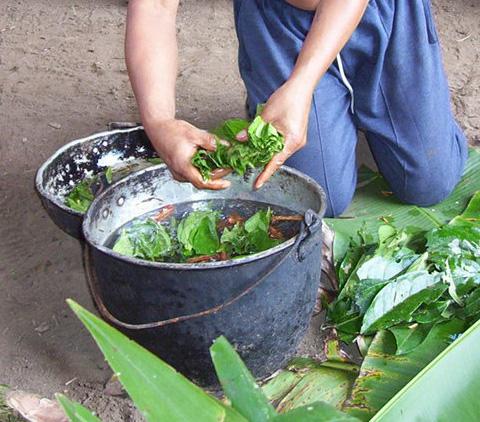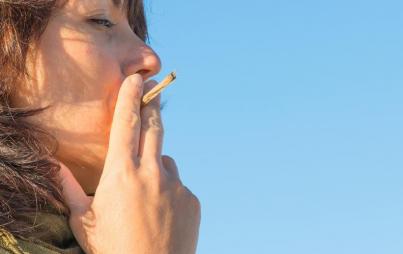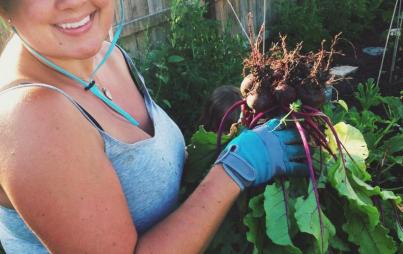
The use of hallucinogens in spiritual practice has existed for thousands of years, and we as a species show no sign of slowing down. Recently we've seen the intake of these substances move from sacred to taboo to chic, as Marie Claire’s Abbie Aguirre recently displayed in her first-person account of an ayahuasca trip.
Cultural appropriation isn’t exactly a new trend in American behavior; from Miley Cyrus’ and Lily Allen’s choice in backup dancers to that Washington Redskins awkward hot mess, we seem to have acquired a taste for reinventing that which we see in other ethnicities — the result is often less than flattering.
What happens when our obnoxious way of “borrowing” from other cultures involves the intake of some seriously trippy drugs, man?
Turns out, the results are mixed. Spiritual discovery and even psychological healing have been connected to the use of hallucinogens. Though not everyone makes an effort to understand the rich history of these substances, many do reap profound benefits.
Patients with terminal diseases who have trouble coming to terms with their imminent mortality appear to benefit from the use of MDMA, psilocybin and other hallucinogens. These substances provide users with the ability to detach themselves from their worldview, their sense of self and their surroundings, allowing those facing death to gain new perspective on their situation. Instead of spending what remains of their lives crippled by fear, anxiety and depression, dying patients report being able — after using hallucinogens — to see the importance in making the most out of the rest their lives, and also to come to terms with mortality. -The Guardian
As for the legal issue, the argument for more lax restrictions is hard to fight once weighed against the current pharmaceutical industry’s questionable morality. The advent of a new wave of hallucinogenic culture has spurred both intrigue and concern — especially over underage use (many remember the 2012 death of Kyle Nolan while on an ayahuasca retreat in Peru).
Are our increasing voyages into the psychedelic honorable explorations of our psyche or cheap excuses to shoot off into space for a mental moment? Ultimately it depends on the participant, but we can definitely say one thing: regardless of the motive, none of these substances should be taken casually, as they all have their wild roots (literally -- ayahuasca is made from a root and a vine) — it's no coincidence that when we see people taking ayahuasca on television, they're typically fly-bitten and sweating.
Image: Wikimedia






